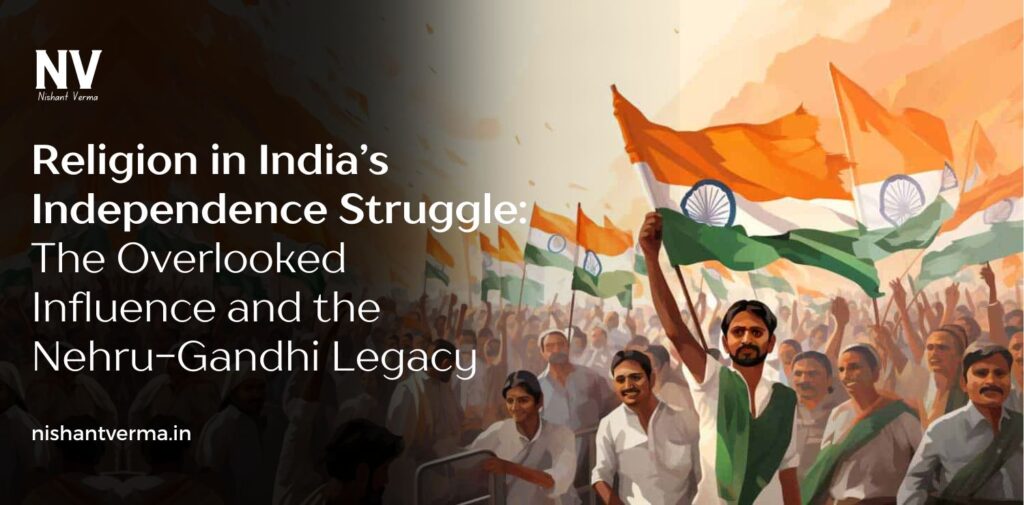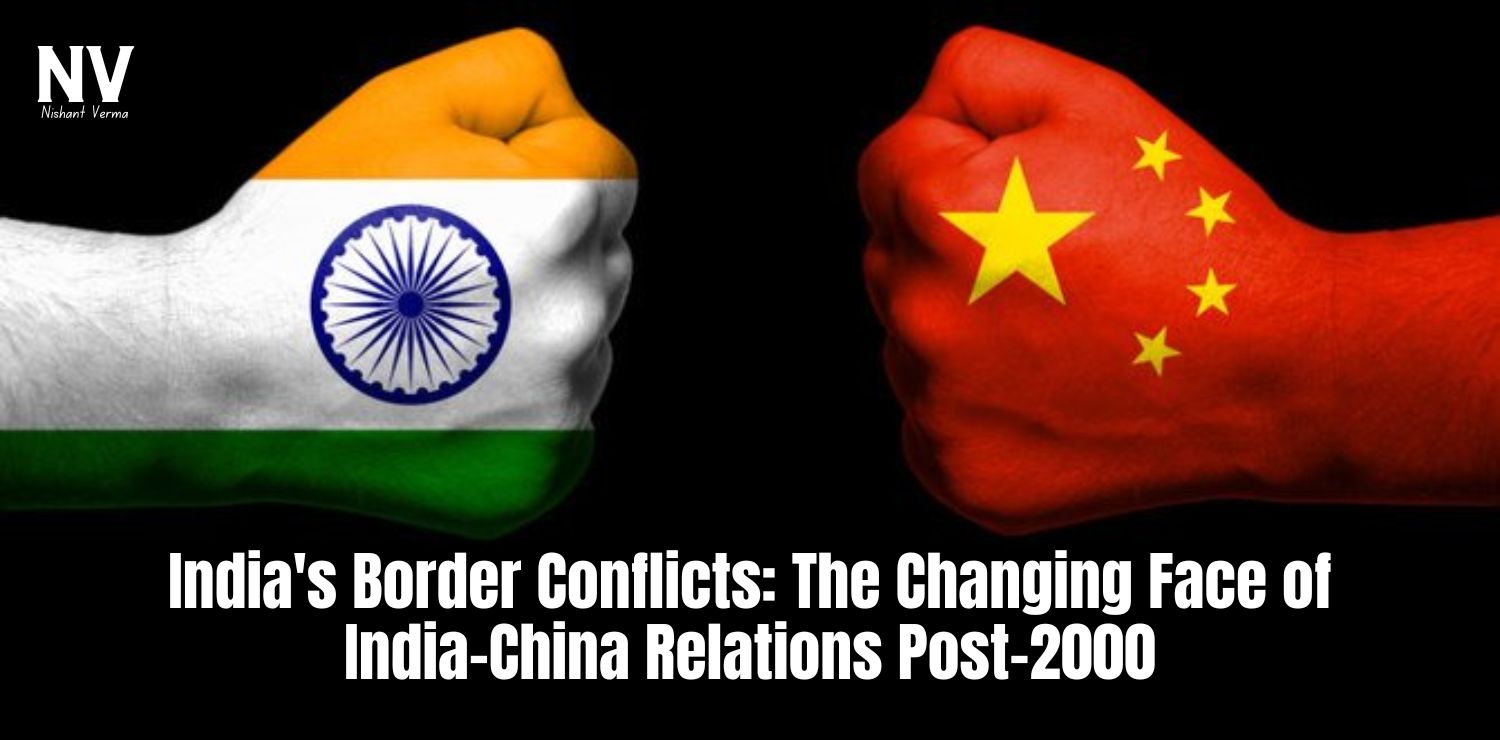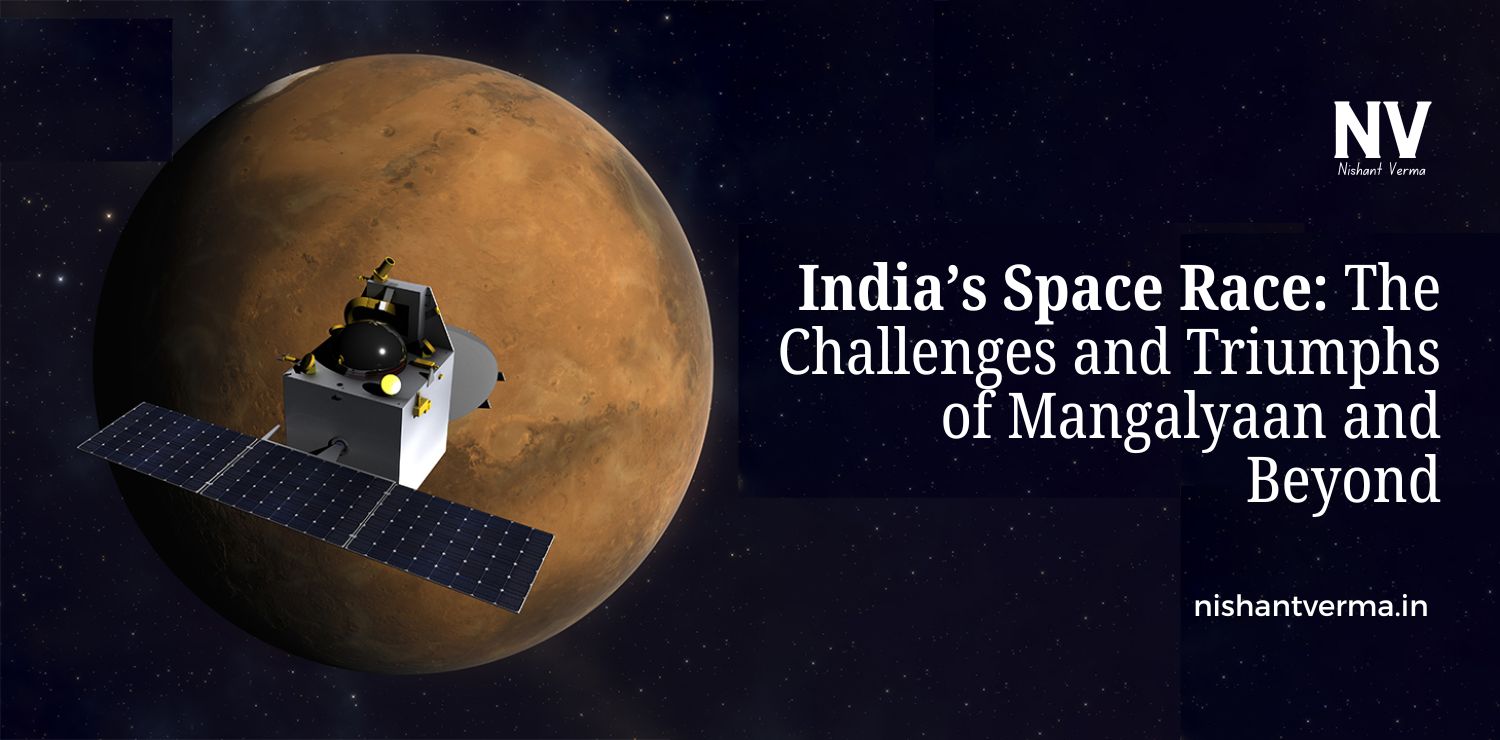India’s fight for independence from British colonial rule was one of the most significant movements in the history of the modern world. It involved millions of people across different regions, religions, and backgrounds, all uniting to throw off the shackles of British control. However, one aspect of the independence struggle that has often been overlooked is the role religion played in motivating and shaping the nationalist movement.
While figures like Mahatma Gandhi and Jawaharlal Nehru are often credited for their leadership in India’s freedom struggle, their approach to religion, and the way they managed religious identities, has come under scrutiny in recent years. Many argue that their policies, particularly after India gained independence, have played a key role in shaping religious divisions in the country. This article takes a closer look at how Religion in India Independence Struggle and how the Nehru-Gandhi family leadership may have not only underestimated the role of religion but also manipulated it to consolidate their power.
The Early Role of Religion in India Independence Struggle
Religion has always been an integral part of Indian society. India is home to multiple religions, including Hinduism, Islam, Sikhism, Christianity, and others, each contributing to the rich cultural and spiritual fabric of the nation. During the British colonial period, the British tried to exploit religious divisions to maintain control over the Indian subcontinent. However, India’s resistance to British rule was deeply intertwined with religious identity and pride, as many leaders saw the fight for independence as not just a political struggle but a religious one too.
The early nationalist leaders, including figures like Raja Ram Mohan Roy and Swami Vivekananda, stressed the importance of preserving India’s religious and cultural heritage. They argued that India’s spiritual values were the key to resisting British colonialism. Swami Vivekananda, for example, focused on the need to revive Hinduism’s great traditions and unite people around a shared cultural and religious identity. His speeches, particularly at the Parliament of the World’s Religions in Chicago in 1893, emphasized that India’s strength lay in its deep spiritual roots.
Other leaders like Lala Lajpat Rai, Bal Gangadhar Tilak, and Subhas Chandra Bose also recognized the central role religion played in fostering a sense of national identity and unity. Tilak, in particular, made religion a central part of his nationalist message. He used religious symbols and festivals like Ganesh Chaturthi to unite people against British rule. This was a strategic move that sought to evoke a sense of pride in India’s religious and cultural heritage while galvanizing the masses for the fight for freedom.

Gandhi’s Religious Strategy: A Double-Edged Sword
Mahatma Gandhi is often credited with leading India’s freedom struggle through non-violent resistance and his ability to mobilize masses for political change. Gandhi’s relationship with religion was complex. While he strongly advocated for religious tolerance and unity, his personal philosophy was rooted in Hinduism, and he used religious symbols and messages to build national support for the independence movement.
Gandhi’s emphasis on non-violence (ahimsa) and truth (satya) resonated deeply with the Indian masses, and he was able to connect the fight for political freedom with a moral and spiritual awakening. His personal life was also a reflection of his commitment to Hindu values, with his promotion of simplicity, self-reliance, and spirituality. Gandhi’s role as a leader was largely driven by his ability to tap into the spiritual consciousness of the Indian people.
However, Gandhi’s approach to religion also had its limitations. His insistence on non-violence often alienated those who believed in a more militant approach to resisting British rule. Additionally, Gandhi’s emphasis on Hindu religious values sometimes sidelined the contributions and concerns of Muslims, Sikhs, and other religious communities. While Gandhi promoted unity among all religious groups, his deep association with Hinduism created a perception among some groups that the freedom struggle was more focused on Hindu religious ideals rather than the broader Indian identity.
Furthermore, Gandhi’s tendency to engage in personal interventions during religious riots sometimes led to a perception of bias toward Hindus. His attempts to appease Muslim leaders, like his support for the Khilafat Movement, were seen by many as politically motivated rather than driven by a genuine concern for Muslim rights. This created divisions within the Indian freedom struggle and contributed to the challenges of religious unity after independence.

Nehru’s Secularism: A Double Standard?
Jawaharlal Nehru, India’s first Prime Minister, is often hailed for his vision of a secular, modern India. He advocated for a nation where religion would be separate from politics, and he believed that the future of India lay in its industrialization and modernization, not in religious identity. Nehru’s secularism, however, was not always consistent with the reality of India’s diverse religious landscape.
Nehru’s policies toward religion were shaped by his desire to create a modern, progressive nation. He viewed religious influence in politics as a divisive force and sought to reduce the role of religion in public life. This view led him to favor a more secular approach in governing the country, which, in theory, was meant to promote unity among India’s various religious communities. However, in practice, Nehru’s secularism often became a tool for political maneuvering.
Nehru and his family, particularly after the partition of India in 1947, found themselves in a delicate balancing act between maintaining the secular identity of the newly-formed India and accommodating the demands of religious communities. The partition of India itself was a result of religious differences between Hindus and Muslims, and Nehru’s leadership was partly responsible for the mishandling of this issue. His decision to not adequately address the root causes of religious tensions before and after partition led to the violent conflict that followed, with millions of lives lost during the separation of India and Pakistan.
Additionally, Nehru’s policies often favored the interests of certain religious groups over others. For example, his policies on education, religious freedom, and minority rights were seen by some as disproportionately favorable toward Muslims and other minorities, while Hindu religious practices were sometimes neglected. The Nehru-Gandhi family influence over the political narrative of India also marginalized Hindu nationalist movements, which sought a stronger recognition of Hindu cultural and religious values in the nation’s identity.

The Nehru-Gandhi Legacy: Secularism or Manipulation?
The leadership of the Nehru-Gandhi family in post-independence India contributed to a complex religious landscape. While the family advocated for secularism and religious tolerance, their actions sometimes led to increased religious tensions. One major issue was the treatment of Hindu religious sentiments after independence. Leaders like Jawaharlal Nehru and his daughter Indira Gandhi did little to address the growing rise of Islamic extremism in the country, while also sidelining Hindu voices in the political arena.
The Nehru-Gandhi family secularism was also selective. For example, Indira Gandhi’s decision to impose the Emergency in 1975, which involved significant curtailing of political freedoms, was partly influenced by her need to manage the religious and political fallout from various communities. Her decision to support a particular interpretation of secularism that excluded Hindu religious sentiments alienated large sections of the population.
Furthermore, the family’s policies often manipulated religious divisions to maintain political power. For instance, in the 1980s, Indira Gandhi’s government made deals with Muslim religious leaders, which gave them political leverage. Similarly, Rajiv Gandhi’s decision to allow the Shah Bano case to be overturned in favor of Muslim conservatives is an example of how the Nehru-Gandhi family political maneuvering sometimes reinforced religious divides rather than resolving them.
Conclusion: Religion and the Struggle for a Unified India
Religion played a central role in India’s struggle for freedom. Leaders like Swami Vivekananda, Bal Gangadhar Tilak, and Subhas Chandra Bose recognized the importance of religion in uniting the Indian masses against British colonial rule. However, the Nehru-Gandhi family approach to religion, especially in the years following independence, has contributed to religious polarization in the country.
Gandhi’s attempts to connect religion with the independence movement were admirable, but his Hindu-centric vision often sidelined the concerns of religious minorities. Nehru’s secularism, while well-intentioned, sometimes ignored the religious complexities of Indian society and failed to address the real concerns of the people. The Nehru-Gandhi family manipulation of religion for political gain contributed to the fragmentation of India’s religious fabric.
As India moves forward, it is essential to recognize that the diversity of India’s religious traditions is a strength, not a weakness. Only by addressing the historical manipulation of religion for political power and truly embracing a spirit of religious tolerance and unity can India hope to build a more cohesive and harmonious society.




